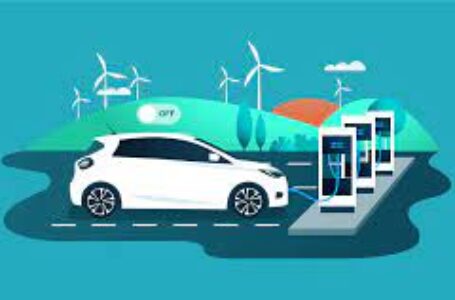Customers Shouldn’t Subsidize Energy Needs Of Data Centers – AI
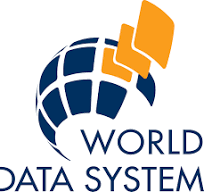
Jun 13, 2025
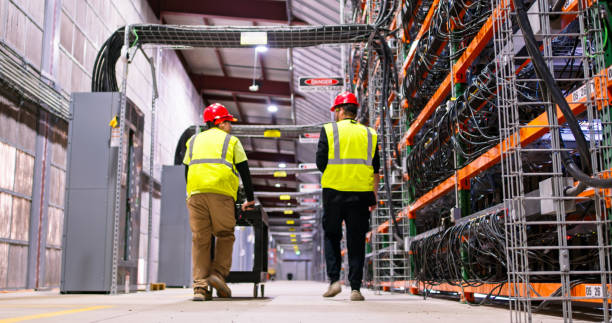
“Customers shouldn’t subsidize the energy needs of data centers” reflects a growing concern about the energy consumption of data centers and its impact on electricity prices for other consumers. Data centers, while essential for modern computing and cloud services, require significant amounts of energy to operate their servers and cooling systems. The increasing demand for data storage and processing, coupled with the energy-intensive nature of these facilities, has led to calls for greater energy efficiency and a shift towards more sustainable energy sources for data centers.
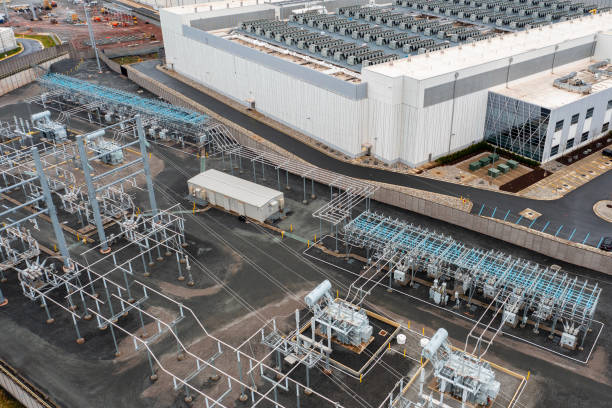
- Data centers are energy-intensive:
Data centers consume a substantial amount of electricity, primarily for powering servers, cooling equipment, and security systems.
- Rising energy costs:
The global increase in energy prices, particularly for fossil fuels, has made the energy needs of data centers a more prominent concern, potentially impacting electricity prices for other consumers.
- Concerns about sustainability:
The reliance on traditional energy sources for data centers also raises environmental concerns related to greenhouse gas emissions and the overall carbon footprint of the digital economy.
- Calls for efficiency and renewable energy:
There’s a growing push for data centers to improve energy efficiency by optimizing cooling systems, using more energy-efficient hardware, and adopting renewable energy sources like solar and wind power.
- Impact on consumers:
The cost of energy for data centers can ultimately be passed on to consumers through higher prices for cloud services and other digital products, leading to the sentiment that customers shouldn’t be subsidizing these energy needs.
Driven by the explosive growth of artificial intelligence (AI) and data centers, U.S. electricity demand and electricity prices are rising rapidly. Dozens of new data centers–each with the electricity needs of a small city–are gobbling up the nation’s power supply.
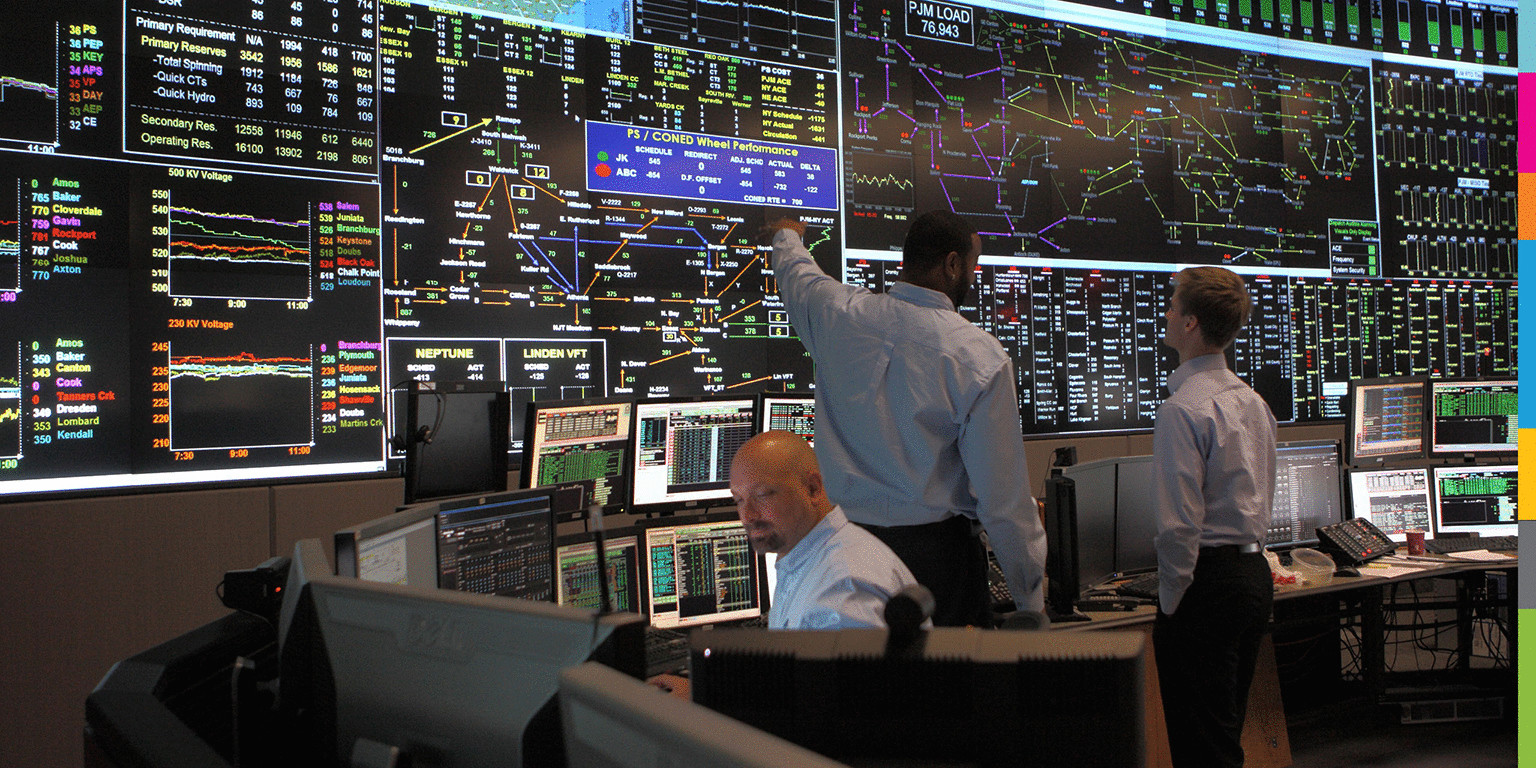
Forecasters see U.S. electricity demand growing 25% by 2030–and nearly 80% by 2050. In some regions of the country, it will be far more and even faster. The nation’s largest regional electricity grid, PJM Interconnection–which stretches from Virginia to Illinois–expects that, by 2030, new data center power demand will equal the electricity needs of 20 million homes.
This onslaught of new demand is coming far faster than utilities can add new generating capacity and energy infrastructure. It’s also putting immense pressure on electricity prices–the prices paid not just by tech companies but by the average household as well.
Electricity prices could jump 15% to 40% in just the next five years, according to a recent forecast. By 2050, prices might even double. And these spikes are coming on top of an existing jump in prices. According to an analysis from the Department of Energy, retail electricity prices have increased faster than the rate of inflation since 2022–rising 13%.
Amazon, Google, Meta, and other tech giants are talking a good game about next-generation nuclear power plants and new natural gas generation to meet their enormous, around-the-clock power needs. But it will be years before those plans are realized. In the near-term, they’re buying up the very electricity that supplies U.S. households.
Grid operators and utilities are trying to add new power capacity to meet surging demand, but the cost of doing so is being socialized across the entire customer’s base. Effectively, grandma is being asked to pay more to accommodate the needs of some of the world’s wealthiest companies.
Several states are trying to advance legislation to ensure that customers aren’t stuck with these costs. But the genie is largely out of the bottle. To shield consumers, we’re going to need smart policy. We’re also going to need these tech giants to step up to the plate.
We need pragmatism to meet this urgent need for more electricity. The place to start is by ensuring that today’s existing baseload power plants stay online–and aren’t forced into early retirement by misguided policy.
While data center developers have signed deals to keep nuclear power plants running–and to even bring mothballed reactors back online–they should take the same exact approach with America’s coal fleet.
Dozens of operating coal plants are being pushed offline to comply with state renewable energy mandates. The Trump administration is beginning to step in–to keep key plants operating in markets already desperately short of power. But tech companies need to get into the mix.
Data center developers should match their promises of building new power generation with immediate efforts to keep existing power plants running. If tech companies are determined to shape our future, they should ensure we have the energy affordability bridge to get there.

The AI and data center buildout is being called a new industrial revolution and an enormous economic opportunity. That may be true–and there’s good reason to want that revolution to happen here rather than in China. But we must ensure winning the AI race doesn’t mean swamping the average American household with ever-rising energy costs and power shortages.
www.salemnews/ google.com




